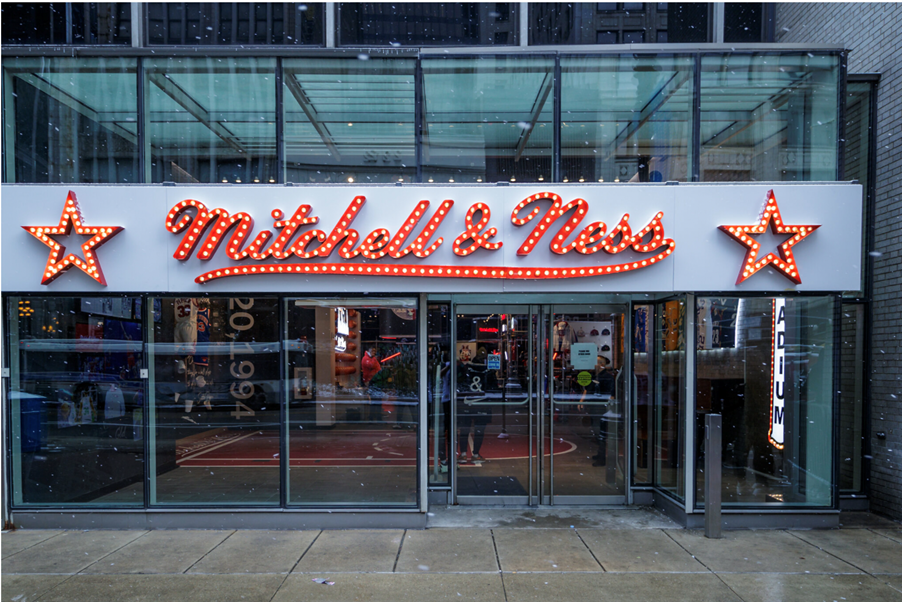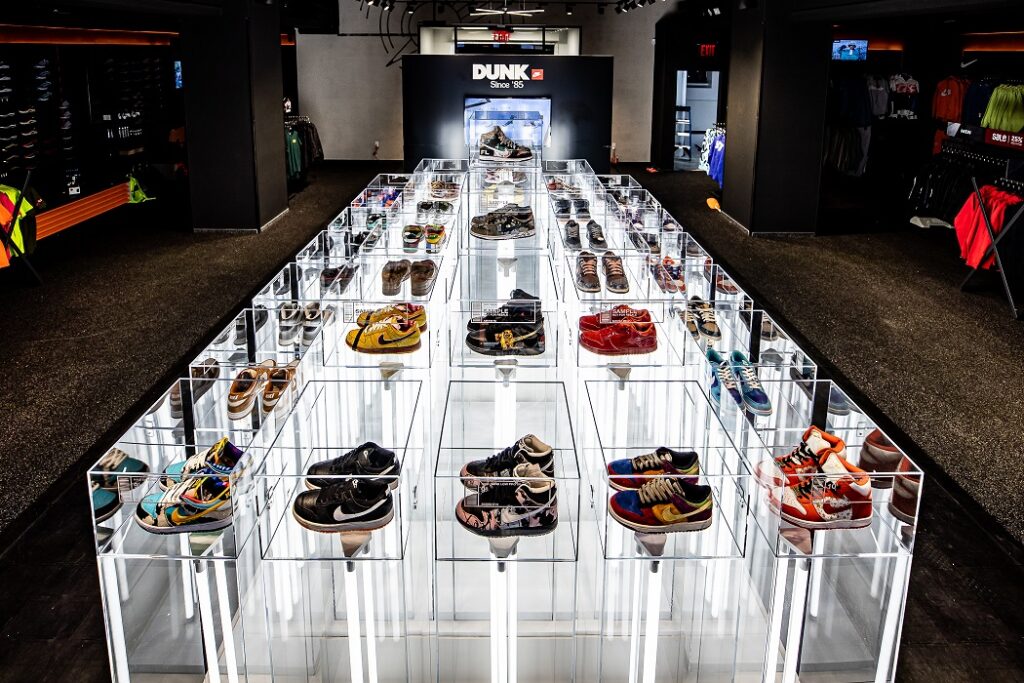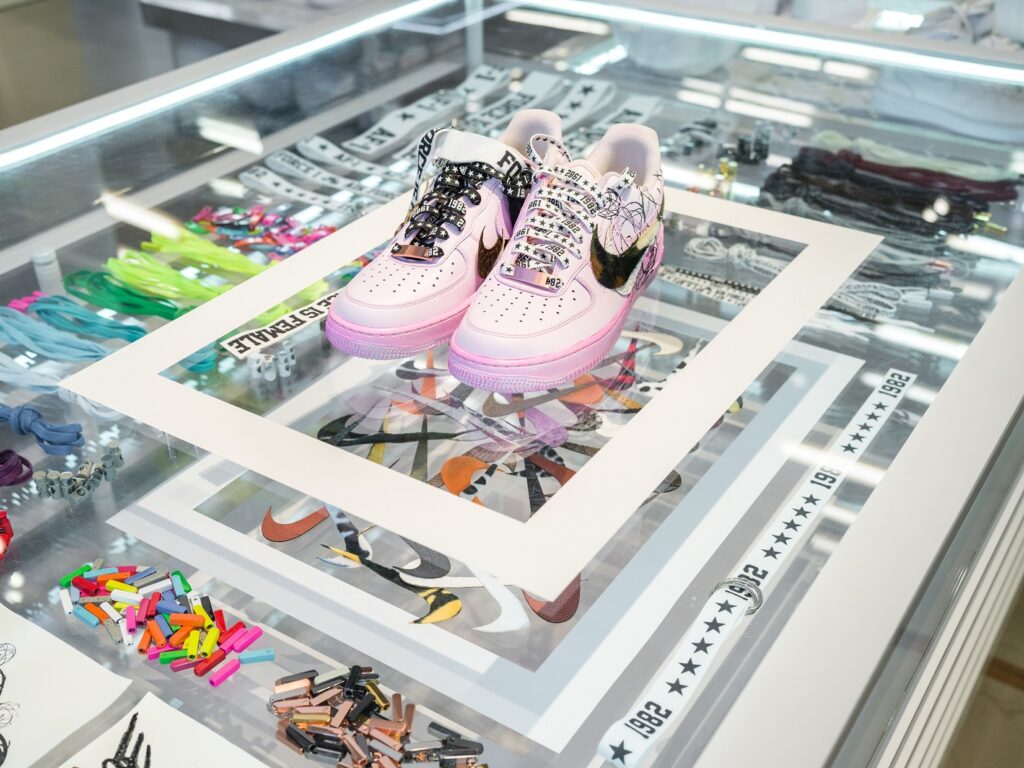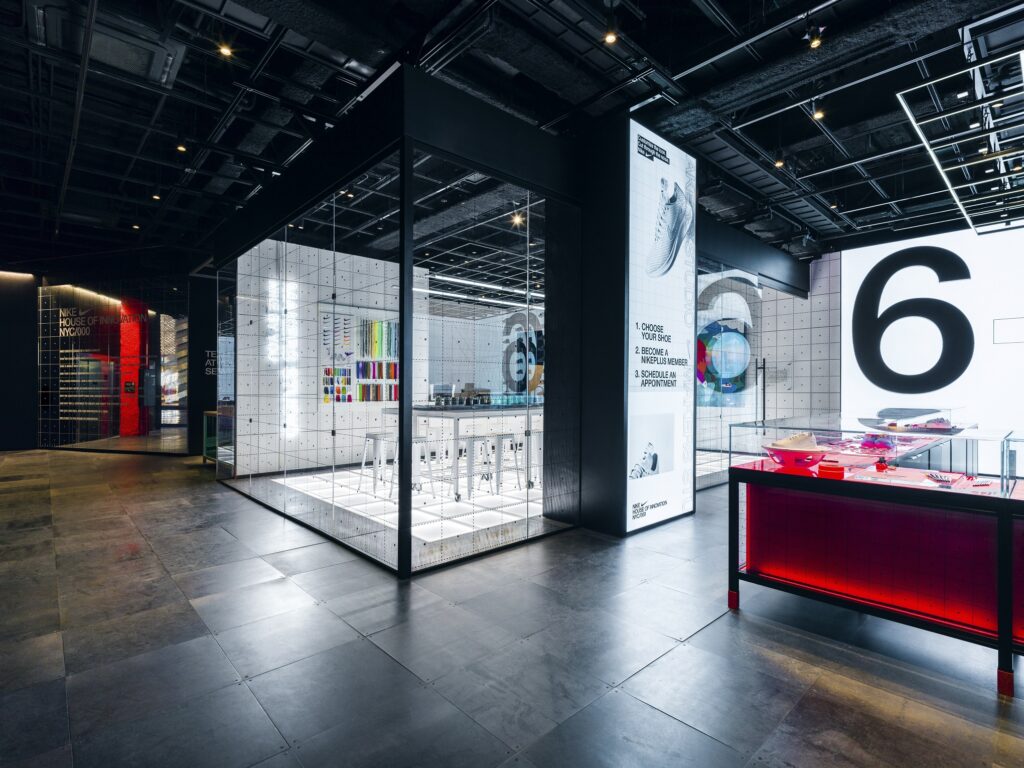
Culture shifts within organizations don’t happen by accident, and don’t always require an outsider stepping in and turning the place on its ear. The truth is, every great leader needs to understand the principles of change management.
Whether it’s technological advancements, market disruptions, or organizational restructuring, effective change management is crucial for navigating transitions smoothly and driving success. As a leader, possessing the right skills to manage change is paramount. In this article, Errol Andam, formerly of Nike goes into the key change management skills every leader should possess and how they can be honed to lead their teams through periods of transformation.
- Communication Skills Effective communication lies at the heart of successful change management. Leaders must articulate the reasons behind the change, its expected outcomes, and the role of each team member in the process. Clear and transparent communication fosters understanding, minimizes resistance, and builds trust among employees. Whether it’s through town hall meetings, one-on-one discussions, or regular updates, leaders must ensure that their communication channels are open, empathetic, and tailored to the needs of their audience.
- Visionary Leadership A compelling vision provides direction and purpose during times of change. Leaders must inspire their teams by painting a vivid picture of the desired future state and demonstrating how the proposed changes align with organizational goals and values. By instilling confidence and enthusiasm, visionary leaders can rally their teams around a shared vision and motivate them to embrace change as an opportunity for growth and innovation.
- Adaptability Change often brings uncertainty and ambiguity. Leaders must be agile and adaptable, capable of navigating uncharted territory and making informed decisions in rapidly evolving situations. Flexibility, resilience, and a willingness to learn from setbacks are essential traits for leaders to effectively manage change and steer their teams towards success amidst uncertainty.
- Empathy and Emotional Intelligence Change can evoke a range of emotions, including fear, resistance, and anxiety, among employees. Leaders must demonstrate empathy and emotional intelligence to understand and address the concerns of their team members compassionately. By acknowledging their emotions, actively listening to their feedback, and providing support and reassurance, leaders can foster a sense of psychological safety and facilitate smoother transitions during times of change.
- Stakeholder Management Change affects various stakeholders within and outside the organization. Leaders must identify key stakeholders, assess their interests, and actively engage them throughout the change process. Building strong relationships, managing expectations, and soliciting feedback from stakeholders can help leaders anticipate potential challenges, garner support, and ensure alignment across the organization.

- Strategic Planning and Execution Change management requires careful planning and execution. Leaders must develop a comprehensive change management plan that outlines goals, timelines, resources, and metrics for success. By breaking down the change initiative into manageable tasks, setting realistic milestones, and monitoring progress, leaders can effectively track the implementation of change initiatives and make course corrections as needed to achieve desired outcomes.
- Responsible Risk Management Change inherently involves risks, whether it’s related to technology adoption, market shifts, or organizational restructuring. Leaders must assess potential risks, anticipate challenges, and develop contingency plans to mitigate adverse impacts. By fostering a culture of experimentation, learning, and responsible risk-taking, leaders can empower their teams to innovate and adapt to change proactively.
In conclusion, mastering change management is a critical skill for leaders in today’s dynamic business landscape. By honing their communication, visionary leadership, adaptability, empathy, stakeholder management, strategic planning, and risk management skills, leaders can effectively navigate transitions, inspire their teams, and drive sustainable success in the face of change. As change becomes the new normal, investing in developing these skills will be invaluable for leaders striving to lead their organizations towards a brighter future.













